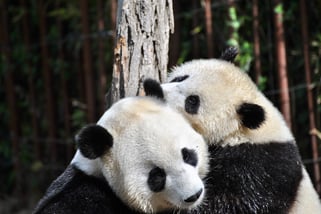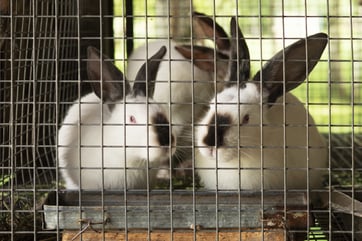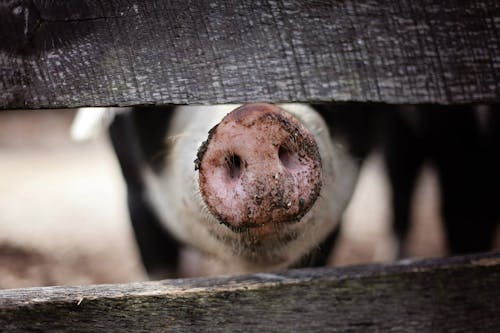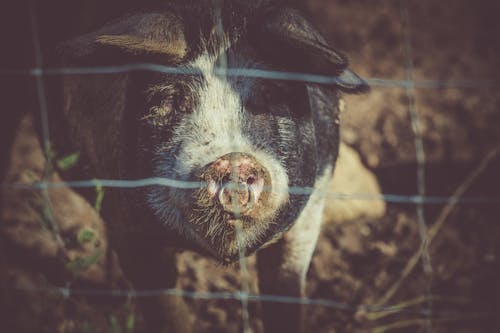Coronavirus at the Zoo
A strange predicament for the Bronx Zoo, already under stress for lack of revenue and inconsistent staffing during the phenomenon of Covid-19, was the infection of one of their tigers, named Nadia, at the beginning of April 2020. The Malayan tiger showed symptoms of loss of appetite and a dry cough which was sustained long enough to get the staff curious; they began the difficult procedure of testing the wild cat. The test came up positive for the coronavirus. By the end of April, four other cats at the zoo tested positive. The suspicion is that an employee of the zoo infected the tiger. Nadia, who was bred and born at the zoo, is part of a program to breed the endangered Malayan tiger. This news reverberated around the world, alerting other zoos about changing how the animals in captivity are treated. So strange as it may seem--tigers were added to the list for social-distancing. Apes and a variety of smaller animals are most likely susceptible as well. (Here is a recent video that shows Nadia doing well.)
Sadly, more recently and after having been tested for covid a month prior, 3 snow leopards have died at the Lincoln Children's Zoo in Lincoln Nebraska.
Zoos: Dependent on Admissions
Unlike other establishments, zoos can't simply shut their doors--they've got mouths to feed and a mountain of general care to manage. Zoos are a cultural joy and an expensive habit. Most zoos in the U.S. and across Europe have been closed but are progressively reopening with reservation systems, some social distancing, and masking guidelines slowly being altered. They are, as always, dependent on the community at large to support their existence.
The majority of a zoo's budget is supported by:
- ticket sales
- concessions/refreshments
- gift shop--especially souvenirs
- even stroller rentals
The expense of feeding, keeping staff, and maintaining the programs that make up the running of a zoo is, well, mammoth. Add medical costs and the situation became dire. Imagine a budget of up to $30,000 a day to pay the bills. Zoos across the country have had to lay off sizable percentages of staff, both full and part-time. At one desperate moment, unthinkable as it may seem, it was suggested that when they run out of food that the smaller animals would be sacrificed to feed the larger animals. Just the idea of this reveals the strained thinking. One director said that shouldn't be likely and that it may simply be necessary to move animals to other zoos, though this was to be considered drastic and to be avoided.
A Sad Departure
Because of inconsistent food supply issues at the Calgary Zoo, two pandas have been returned to China as of November 2020. The two pandas, "Er Shun" and "Da Mao," required around 170 pounds of bamboo a day, of which the zoo struggled to find sufficient quantities; also experiencing delayed deliveries, much of the bamboo they did receive had rotted en route. These prized pandas cost the zoo upwards of 20 million dollars and preparations for their arrival took six years.
Responding to Other Needs
A challenging by-product of all this was keeping animals occupied without the usual stream of visitors. To offer stimulation for various animals, they visited other parts of the zoo or were being taken on outings, as this video shows:
On the positive side, Le Le and Ling Ling at the Hong Kong Zoo have, after eleven years, used the peace of lockdown to successfully mate and are possibly expecting a happy event.
If you have a local or favorite zoo now is the time to offer your support. Many zoos are conjuring up fundraising programs to stay afloat flogging T-shirts and such. It may be worth inquiring what the current plans are or simply offer hard cash.

















